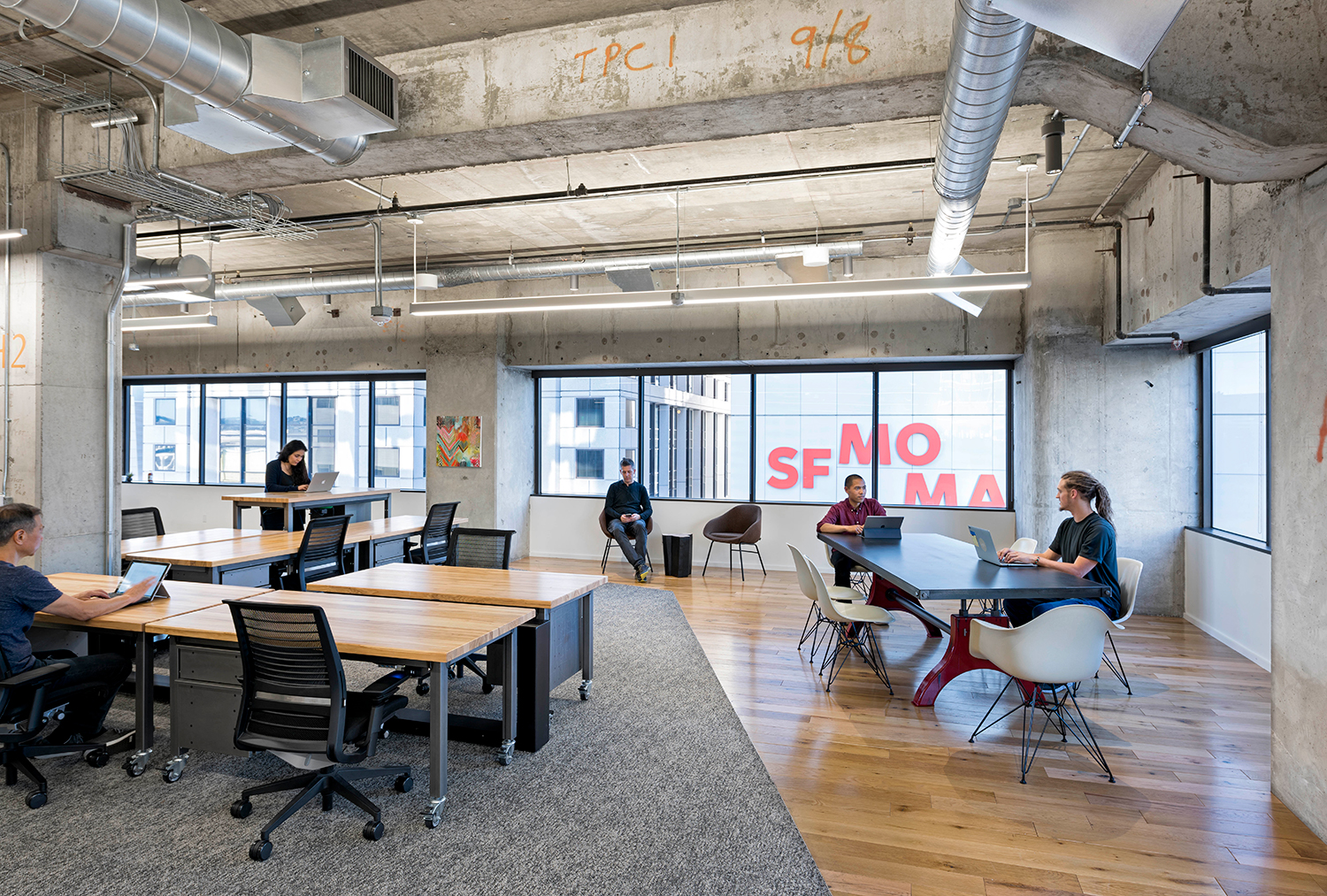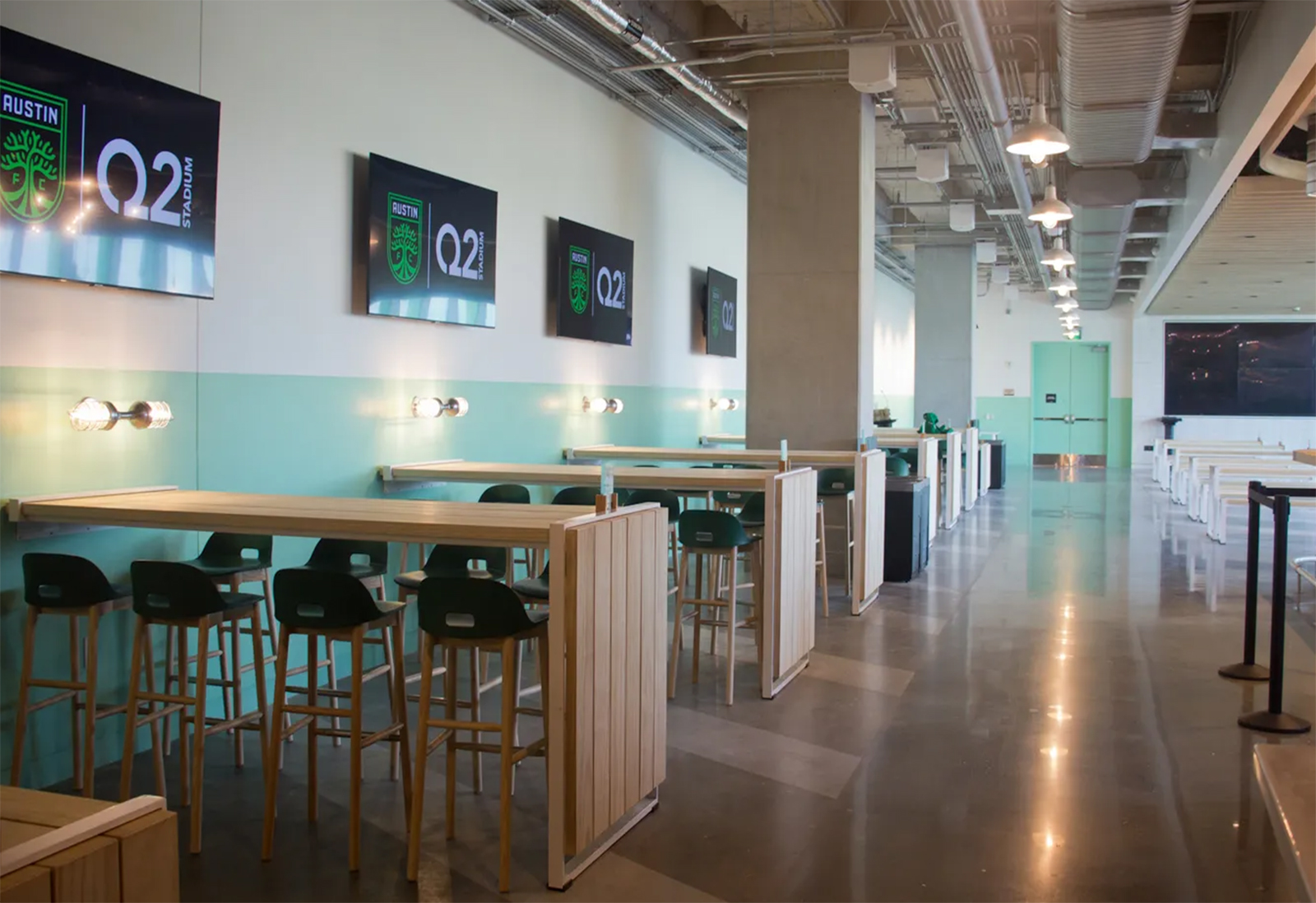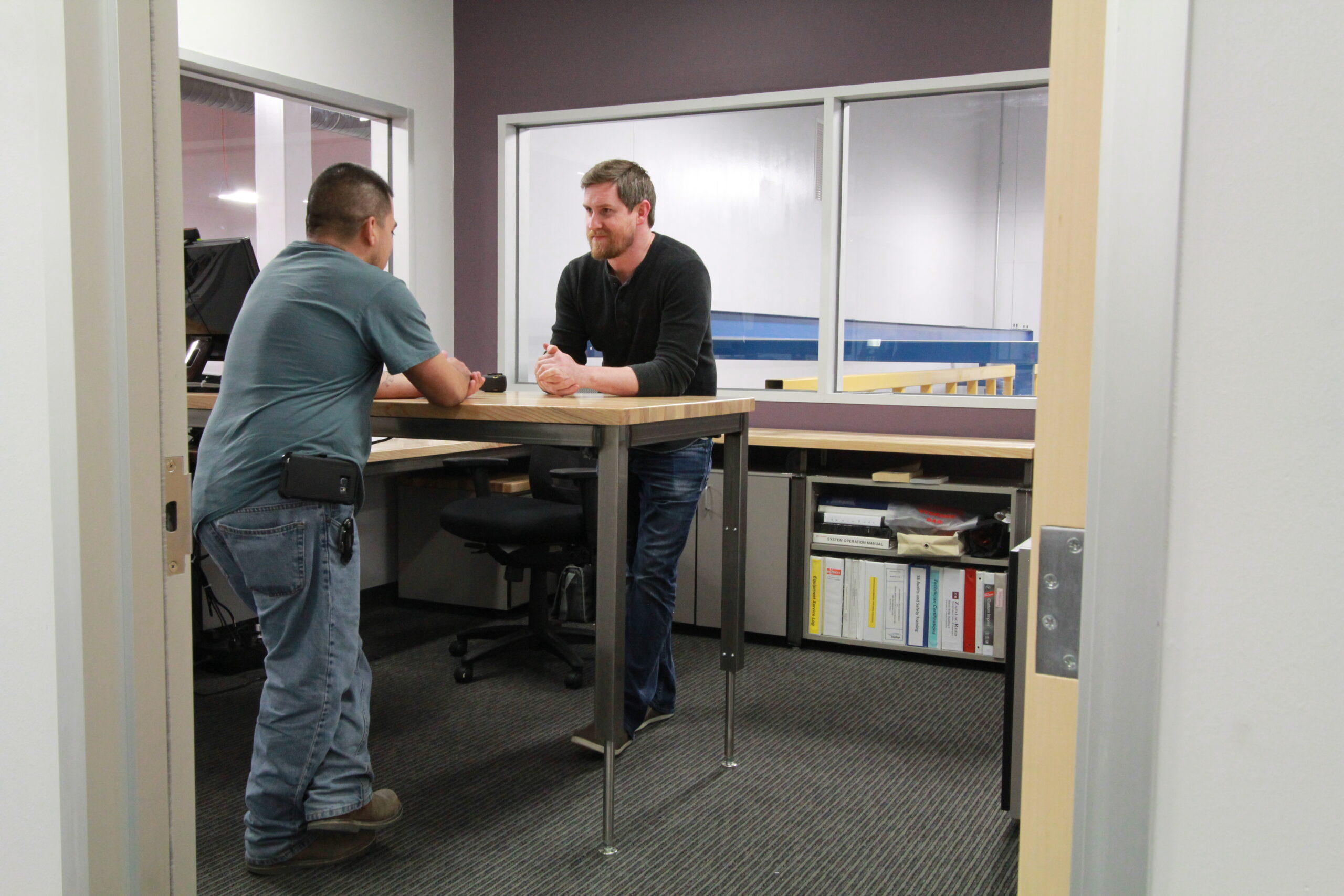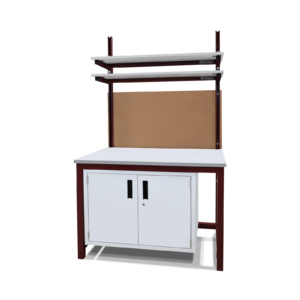To Create a Happier Work Environment, Managers Should Focus on Office Amenities that are Meaningful to Employees
Are you concerned about recruiting new employees or keeping the workers you have happy at work?
Now is the time to ask the question:
Would you want to work at your company? At your office?
This is a serious question that needs an honest answer.
If the answer is a definite “Yes, I’d want to work here,” then you are good.
But if you have doubts, there are things you can do to make your place of work an attractive destination where people want to spend their time.
Many successful companies see their office as an extension of their brand and invest in creating an attractive environment that upholds their corporate values, often by commissioning custom furniture by Formaspace.
For example, GM is investing $2 billion to upgrade its mid-century modern Technical Center campus, including the addition of a new Design West building to inspire its car designers and make GM a cool brand again.

If you are trying to find a way forward (and want to spend less than $2 billion!), there are certain amenities you might want to focus on that surveys indicate are highly valuable to current or prospective employees.
The first is flooding the work environment with lots of natural light – specifying good window and skylight design can help bring an office to life.
Closely related to this amenity is providing good sight lines (via large glass partitions rather than solid walls) that allow employees to see across the office or, even better, the outside world.
Surveys also find that people consciously or unconsciously crave a connection to nature, especially plants.
In response, savvy designers and architects seek to bring the outside world inside – an approach known as “biophilic” design – by incorporating large plants inside the office, adding windows facing the outside landscapes, or punctuating office interiors with indoor/outdoor atriums filled with plants.

Take the Need for Quiet, Private Work Areas Seriously
Not every worker feels the same way about working in the office.
As a manager, you could benefit from understanding some of the key differences between your staff members. Assessment tests, such as the well-known Myers-Briggs Type Indicator or The Kolbe Index, could reveal new insights into the different ways your employees function best in the work environment.
One key characteristic that differentiates some workers is a need for a calm, quiet workplace. As Susan Cain writes in her book Quiet: The Power of Introverts in a World That Can’t Stop Talking these more introverted workers can flourish in office areas that have good sound control and limited interruptions. Adding quiet work areas, segregated office zones, and/or library-type workspaces could make the difference between a happy, productive employee and one who is headed for the exit door.

Keep it Moving – Encourage Better Health Choices
Try to help your employees avoid falling into bad health habits at work.
Sitting at a desk for hours at a time without getting up for regular walks to stretch your legs – combined with frequently offered sugary treats celebrating employee birthdays can lead to poor health outcomes over time.
One amenity that can help encourage employees to move more is sit-to-stand desks, which can keep the circulation flowing.
You can also encourage regular walks throughout the day to help workers take a break from sitting too many hours in a row. You may want to offer access to an onsite gym facility as well.
Making healthy decisions like this can pay benefits later, particularly as we age. Recent studies indicate that regular exercise and good sleep (see our coming article on the importance of good sleep for health and productivity) can keep us healthier longer, potentially staving off the early onset of dementia later in life.
Other studies have also found that ultra-processed foods, typically of many snacks found at work, are also detrimental to brain health. Consider offering employees access to healthy food choices with amenities such as onsite grab-and-go cafés with healthy food options.

Gopher the Gold – Offer Help with Life’s Annoying Tasks
Working from home during the pandemic opened up many employees’ eyes to the practical benefits of maintaining a flexible schedule.
Instead of having to formally request some personal time off to handle errands such as renewing your car registration, picking up your dry cleaning, taking your child to the doctor, or your dog or cat to the vet, you could simply work these tasks into your daily work-from-home schedule.
Savvy employers wanting to bring employees back to the office full-time should keep this in mind.
One approach for managers is to recognize the need to offer employees more flexibility to take care of life’s annoying tasks as they arise.
Alternatively, it might make sense to offer other meaningful amenities that help simplify the life of your workers, such as onsite drying cleaning pickup, onsite childcare (with private breastfeeding areas), or even personalized concierge-style assistance services to handle outside errands on behalf of workers.

Manage Intergenerational Teams with Care
Another key consideration for managers seeking strategies to keep employees happy at work is seeking a more sophisticated understanding of the interpersonal dynamics found within intergenerational work teams.
Handled deftly, teams comprising older and younger workers can lead to happy productive outcomes, with older, more experienced workers offering mentoring services to younger workers, and younger workers offering up online and computing skills they acquired growing up as “digital natives.”
To learn more about the pitfalls of generationally diverse employee teams, we recommend reading the book “Gentelligence: The Revolutionary Approach to Leading an Intergenerational Workforce.”
Managers from older generations, such as the Boomer generation, also need to be sensitive to some of the pressures experienced by younger workers, such as mental health-related issues arising from exposure to social media bullying. In the book “The Anxious Generation,” author Jonathon Haidt provides an overview of some of the root causes that he believes are leading to a growing lack of self-confidence among the youngest members of the workforce and how managers can help create a more supportive work environment.

Formaspace is Your Workplace Partner
Evolving Workspaces. It’s in our DNA.
Talk to your Formaspace Sales Representative or Strategic Dealer Partner today to learn more about how we can work together to make your next construction project or remodel a success.








